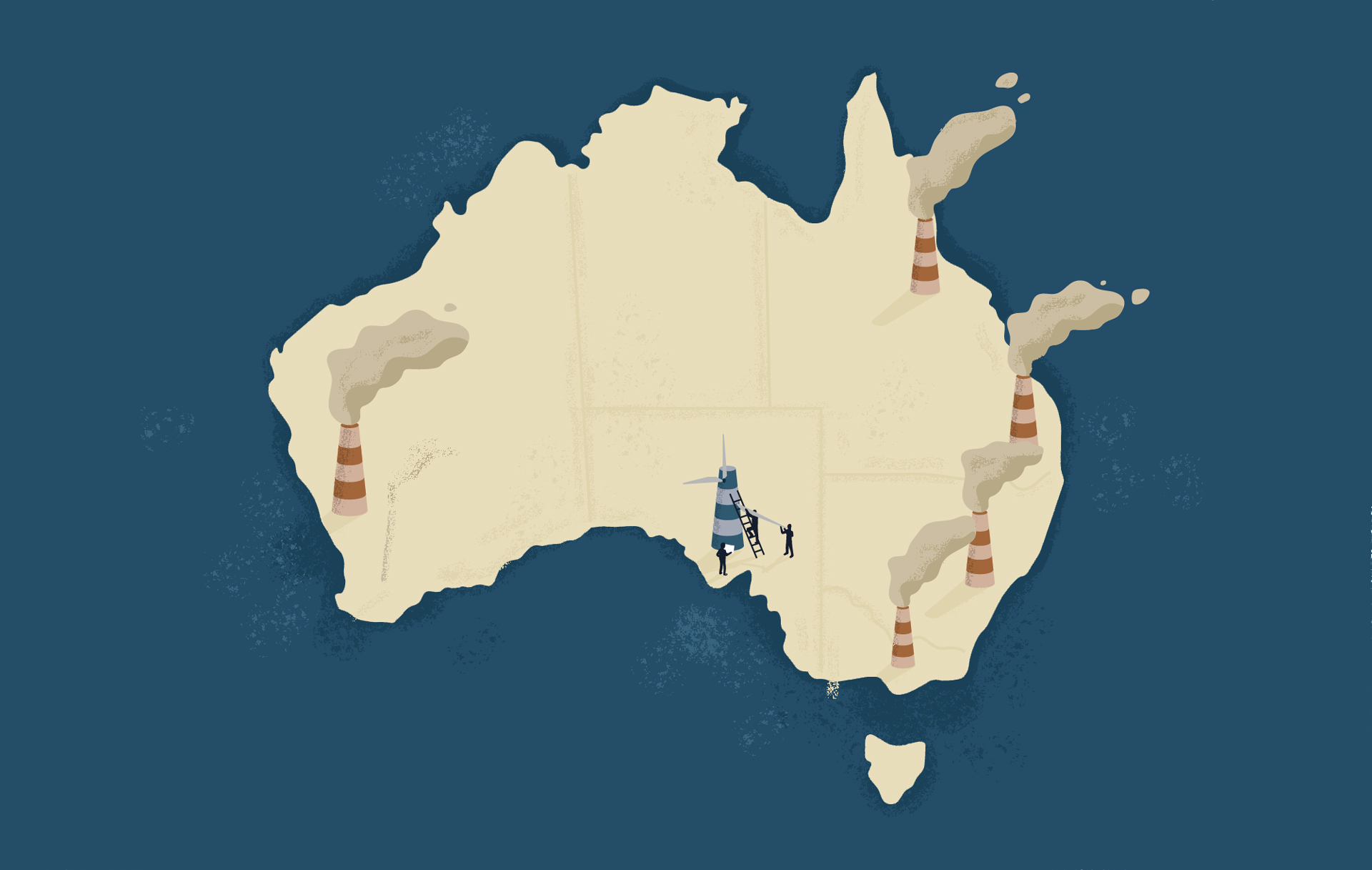California, the world’s fifth-largest economy, now regularly generates more renewable energy than it needs, data from the system operator shows.
On 62 of the 70 days to May 16, the US state saw periods where wind, solar and hydro output exceeded total electricity demand, according to Stanford University Professor Mark Z. Jacobson, who has been tracking California’s hot streak.
Standout stats: On April 27, renewable energy generation — mainly from solar panels — eclipsed electricity demand for 10 straight hours and exceeded consumption by 48.3% at one point. Surplus generation is exported to other states, stored in big batteries for use during peak periods, or curtailed (wasted).
And during the peak demand period on May 17, another milestone was hit when big batteries discharged 7.5GW of instantaneous power into the grid, covering 28% of the state’s electricity supply.

Over the full 70-day period, renewables met close to two-thirds of the state’s demand, on average.
California is a world leader in the adoption of solar technologies, sourcing close to 30% of its annual electricity needs directly from the sun. It’s also in the midst of a big battery boom, with another 5.2GW of storage expected to come online this year.








